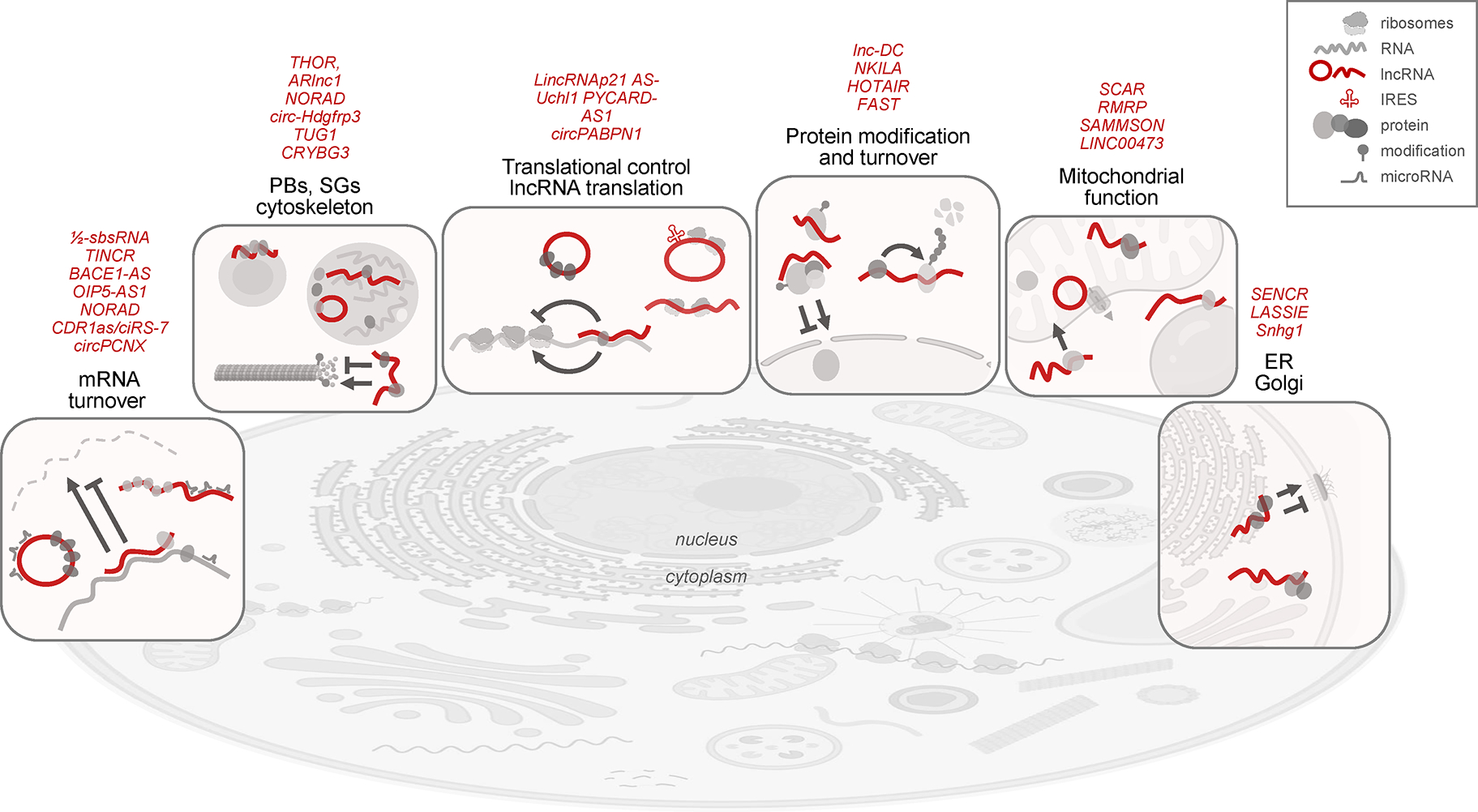Figure 4. Emerging supragenomic functions of cytoplasmic lncRNAs.

Representative functions of linear and circular lncRNAs in the cytoplasm (red lines), typically elicited by interacting with proteins and altering the stability and localization of mRNAs, as well as the translation and post-translational modification of proteins. From left to right, lncRNAs can promote or repress mRNA decay, either by forming stretches of complementarity with mRNAs or by binding RBPs or microRNAs. LncRNAs associate with RBPs and mRNAs in cytosolic granules (PBs, SGs) to influence mRNA stability and translation, and promote or suppress microtubule polymerization through modification of actin monomers. Some lncRNAs can directly promote or suppress translation of mRNAs through regions of partial complementarity or by sequestering translation regulatory RBPs; moreove, some lncRNAs (linear and circular) may themselves engage with ribosomes and become translated. LncRNAs can affect protein function post-translationally by affecting protein modifications that alter their subcellular distribution or by scaffolding ubiquitin ligases that facilitate protein degradation. In mitochondria, lncRNAs can modulate mitochondrial gene transcription, respiration, and generation of reactive oxygen species; by mediating the interaction with lipid droplets, some lncRNAs can influence mitochondrial fusion and fission. Some lncRNAs associated with ER and Golgi apparatus can help mobilize proteins to the plasma membrane and some ER-associated lncRNAs can promote or reduce adherens junction function. LncRNAs representing these functions are listed above the vignettes; molecules are not drawn at scale. Figure was prepared using BioRender.
